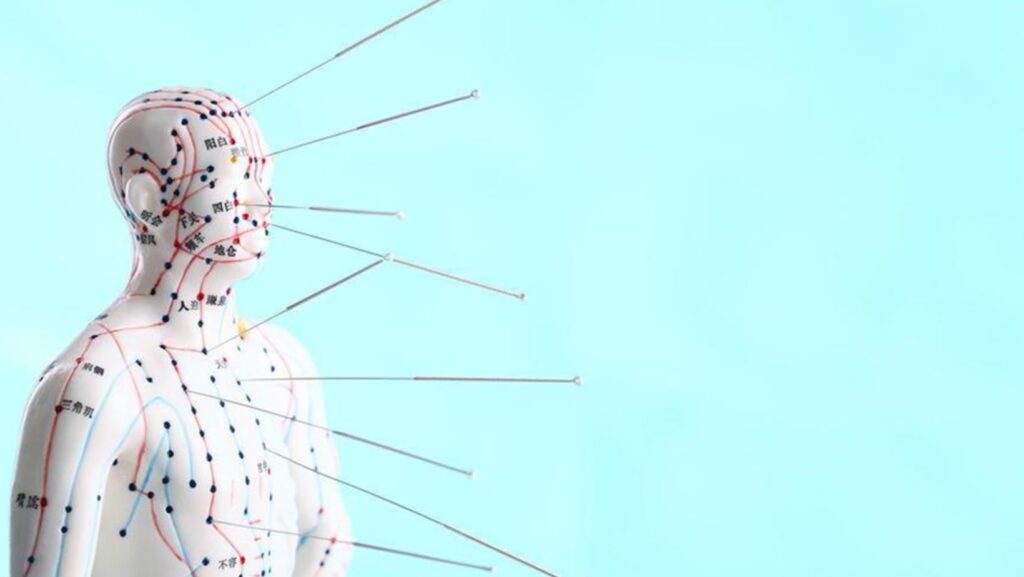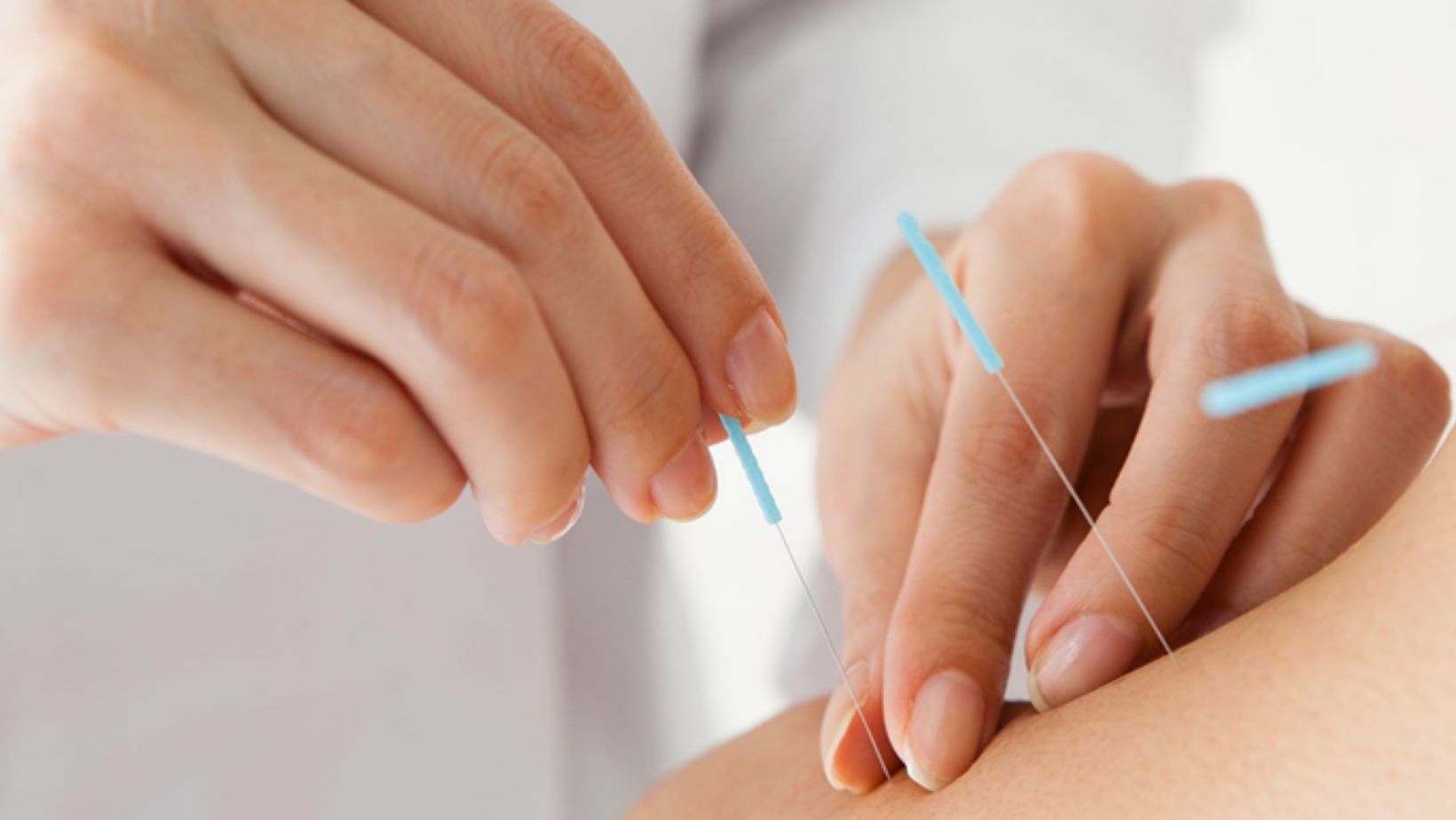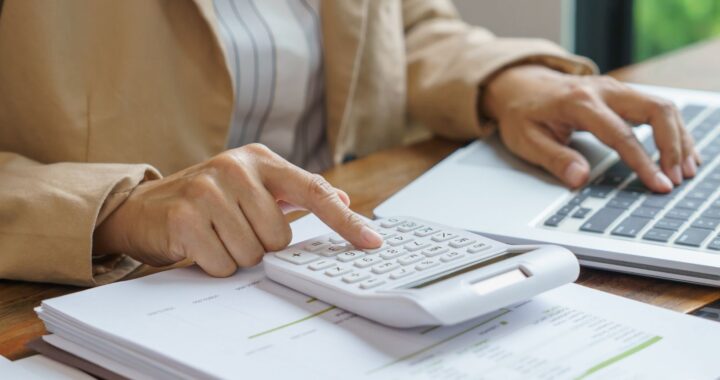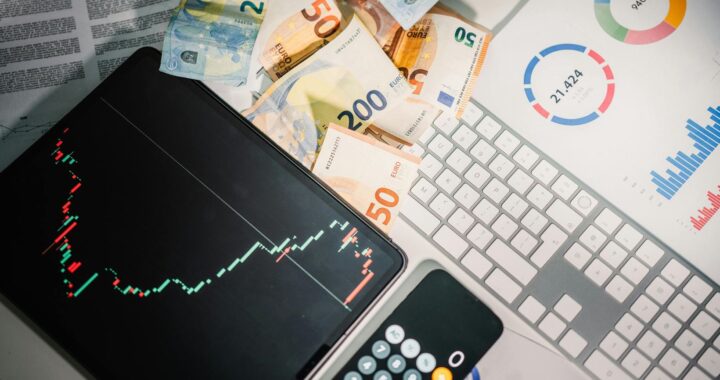
Billing CPT Codes for Acupuncture
It has been widely accepted that acupuncture is a very effective way for one to relieve pain, manage stress and generally live a healthy life.
More patients turning to this ancient practice puts many acupuncturists into the complex world of medical billing and insurance reimbursement. Find out more here https://news.cuanschutz.edu/news-stories/the-top-seven-benefits-of-acupuncture.
However, knowing the CPT codes for acupuncture is key in order to file claims correctly and avoid claim denials.
Knowing how to correctly apply CPT codes plays a huge role in whether the reimbursement process goes smoothly, or payment delays frustrate acupuncture practitioners, medical billers, and clinic administrators.
In this guide, you will learn the necessary CPT codes used for acupuncture, how to bill them, and things to keep in mind that can result in getting more money back.
What Are CPT Codes for Acupuncture?
Current Procedural Terminology (CPT) codes are standardized codes used by healthcare providers to bill insurance companies for medical procedures and services. Acupuncture has its own set of CPT codes that classify different types of treatments, depending on the number of needles used and whether electrical stimulation is applied.
These codes allow insurance companies to process claims efficiently while ensuring that practitioners are fairly compensated for their services. However, because acupuncture is still not covered by all insurance plans, understanding when and how to use these codes is crucial for maximizing reimbursement.
Commonly Used Acupuncture CPT Codes
Acupuncture billing primarily relies on four key CPT codes, each of which describes a different aspect of treatment. These codes distinguish between initial visits, follow-up treatments, and the use of electrical stimulation during acupuncture sessions.
The most commonly used CPT codes for acupuncture services include:
97810 – Initial Acupuncture Session Without Electrical Stimulation
This code is used for the first 15 minutes of one-on-one acupuncture treatment during a patient’s visit. It includes the insertion of needles but does not involve electrical stimulation. The initial code covers practitioner assessment and the first set of acupuncture needles.
97811 – Additional Acupuncture Without Electrical Stimulation
If the session continues beyond the initial 15 minutes, this code is used to bill for the additional time spent inserting needles. It must be billed in conjunction with 97810 and cannot be used as a standalone code.

97813 – Initial Acupuncture Session With Electrical Stimulation
This code applies when acupuncture needles are used along with electrical stimulation. It is billed for the first 15 minutes of a patient’s session and covers practitioner assessment, needle placement, and the application of electrical current.
97814 – Additional Acupuncture With Electrical Stimulation
If electrical stimulation continues beyond the initial 15-minute period, this code is used to bill for the extra time. It must always be billed in conjunction with 97813.
Each of these codes helps differentiate treatments, ensuring that providers receive proper reimbursement for their services. When billing for acupuncture, it is essential to use the correct code combinations to reflect the nature and duration of the treatment provided. Find out more about the benefits of this acupuncture here.
How to Properly Bill Acupuncture CPT Codes
Billing for acupuncture services requires careful attention to detail. Each session must be documented accurately, including the duration of the treatment and whether electrical stimulation was used. Here are some key considerations when submitting claims for acupuncture services:
First, always start with the initial code (97810 or 97813) for the first 15 minutes of treatment. This code sets the foundation for the billing structure. If the session extends beyond the initial 15 minutes, use the corresponding additional code (97811 or 97814) to account for extra time spent on acupuncture treatment.

Since acupuncture treatments often last longer than 15 minutes, many insurance claims require multiple CPT codes per session. However, each additional code must be appropriately linked to the initial treatment code to avoid claim rejection.
Additionally, it’s important to check insurance coverage and eligibility before billing. Not all insurance plans cover acupuncture, and coverage limitations may apply based on medical necessity, diagnosis codes, or provider credentials.
Documentation Best Practices for Acupuncture Billing
Proper documentation is critical for successful acupuncture billing and reimbursement. Insurance companies require detailed records to justify claims, and incomplete documentation can lead to claim denials.
Each treatment session should include a clear record of the patient’s diagnosis and reason for acupuncture treatment, the specific CPT codes used and their duration, the number of needles inserted and whether electrical stimulation was applied, any additional procedures performed during the session, and the patient’s response to treatment and future recommendations.
Including clear and detailed notes ensures that claims are processed efficiently while also providing legal protection in case of audits or disputes.
Handling Claim Denials and Appeals
Even with proper coding and documentation, claim denials can still occur. If a claim is denied, reviewing the denial reason and taking corrective action can help resolve the issue. Common reasons for denial include incorrect coding, missing documentation, and lack of medical necessity justification.
Practitioners can appeal denied claims by submitting additional supporting documentation, such as detailed treatment notes or medical necessity letters from referring providers. Working with an experienced medical biller or insurance specialist can also improve the chances of claim approval.





